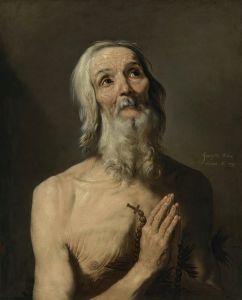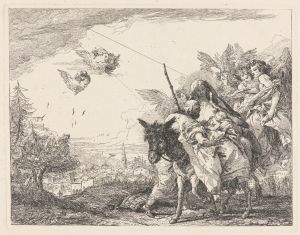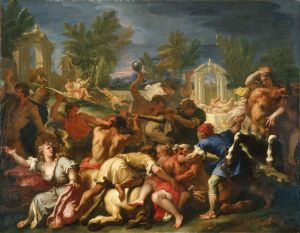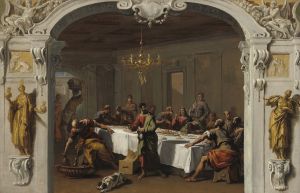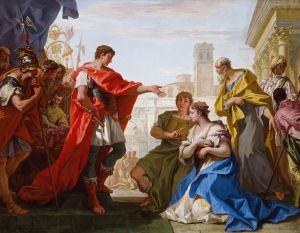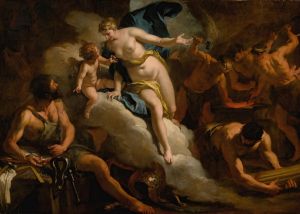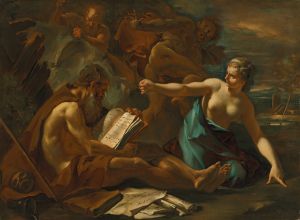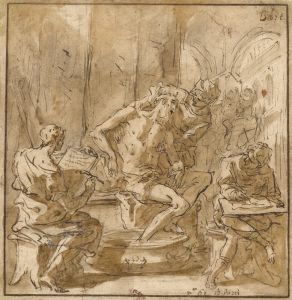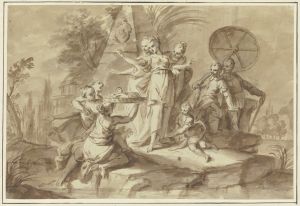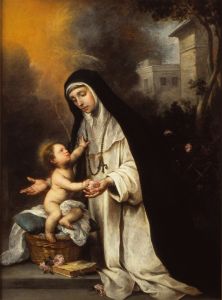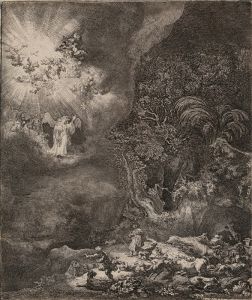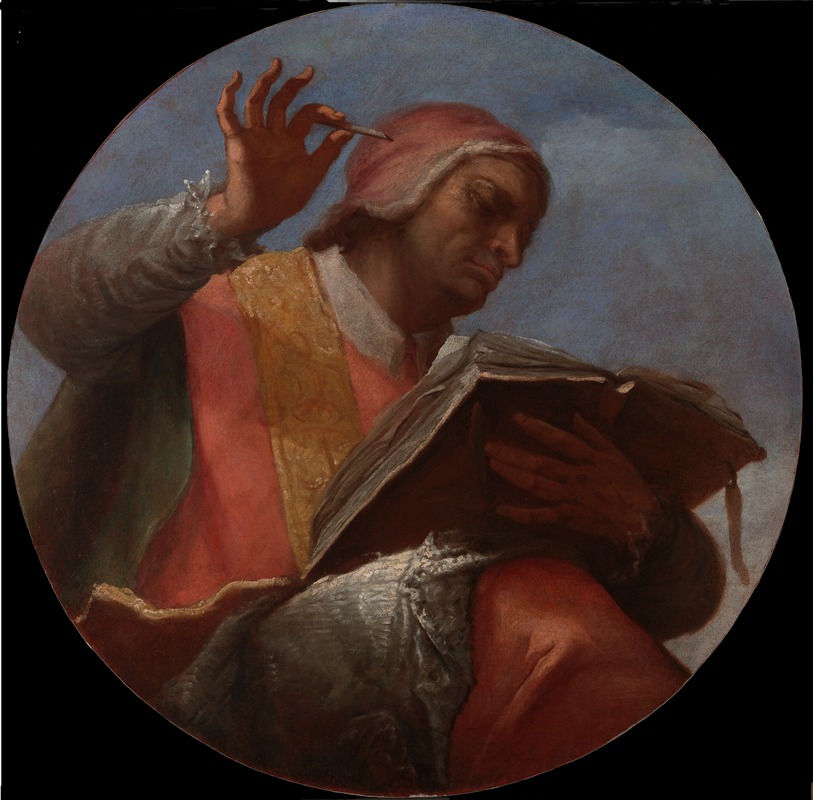
Saint Gregory the Great
A hand-painted replica of Sebastiano Ricci’s masterpiece Saint Gregory the Great, meticulously crafted by professional artists to capture the true essence of the original. Each piece is created with museum-quality canvas and rare mineral pigments, carefully painted by experienced artists with delicate brushstrokes and rich, layered colors to perfectly recreate the texture of the original artwork. Unlike machine-printed reproductions, this hand-painted version brings the painting to life, infused with the artist’s emotions and skill in every stroke. Whether for personal collection or home decoration, it instantly elevates the artistic atmosphere of any space.
Sebastiano Ricci's Saint Gregory the Great is a Baroque-era painting that depicts Pope Gregory I, also known as Saint Gregory the Great, one of the most significant figures in the history of the Catholic Church. Sebastiano Ricci (1659–1734) was an Italian painter renowned for his dynamic compositions, vibrant use of color, and his role in the development of the Venetian Rococo style. This work exemplifies Ricci's ability to combine religious themes with the dramatic and theatrical qualities characteristic of Baroque art.
The painting portrays Saint Gregory the Great, who served as Pope from 590 to 604 AD and is venerated as a Doctor of the Church. Gregory is traditionally associated with significant contributions to the development of the Church, including the Gregorian Chant, though his direct involvement in its creation remains debated. In Ricci's depiction, Gregory is often shown in papal regalia, emphasizing his authority and sanctity. Common iconographic elements associated with Saint Gregory, such as the dove symbolizing the Holy Spirit, may also be present in the composition, reflecting his reputation for divine inspiration in his writings and teachings.
Ricci's work is notable for its dramatic use of light and shadow, a hallmark of Baroque art, which serves to highlight the spiritual and emotional intensity of the scene. The painting likely reflects the Catholic Church's emphasis on the Counter-Reformation ideals of piety and devotion, aiming to inspire faith and reverence among viewers. Ricci's style, characterized by fluid brushwork and a sense of movement, enhances the dynamic quality of the composition, drawing the viewer's attention to the central figure of Saint Gregory.
The exact date of the painting's creation is not definitively documented, but it is consistent with Ricci's mature period, during which he produced numerous religious works for churches and private patrons across Italy and Europe. Ricci's ability to adapt his style to suit the tastes of his patrons made him one of the most sought-after painters of his time.
As with many of Ricci's works, Saint Gregory the Great demonstrates the artist's skill in combining religious subject matter with the aesthetic principles of the Baroque and Rococo periods. The painting remains an important example of Ricci's contribution to religious art and his influence on the artistic developments of the 17th and 18th centuries. Further details about the painting's current location or provenance are not readily available.






